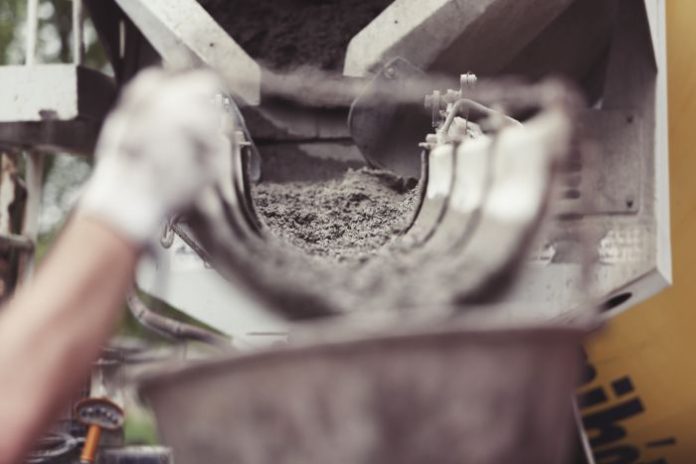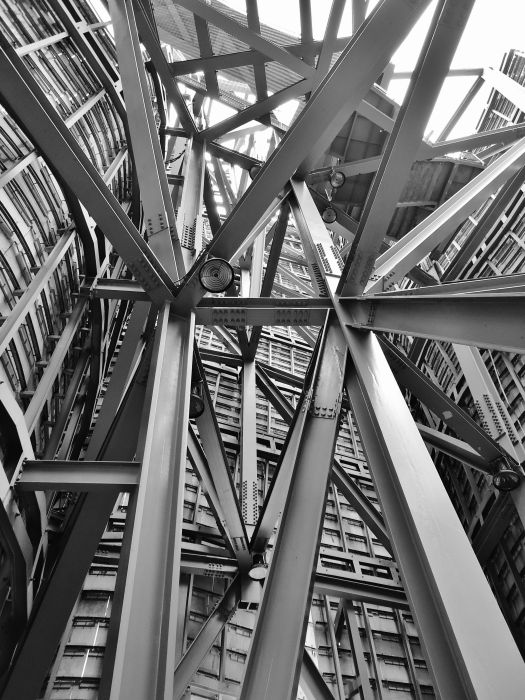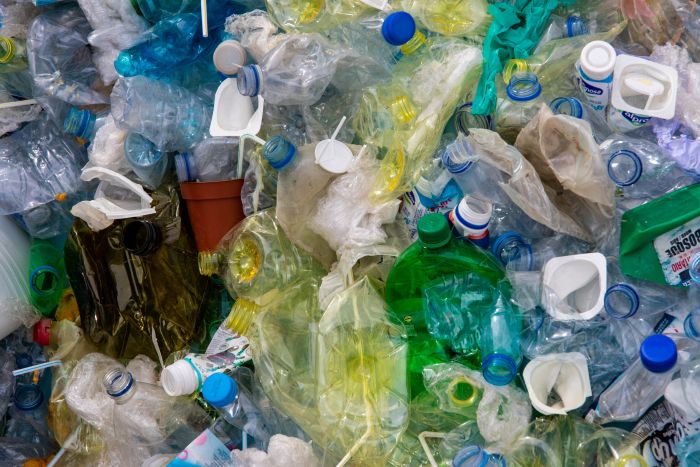
How much impact do cars have on greenhouse gas emissions?
A lot, one would say, to listen to the public and political debate of recent months and beyond. But no.
As I pointed out in a previous post (High energy prices, industry and the climate crisis), cars are responsible for less than 7% of global emissions (you would be surprised to find that ‘transport’ is responsible for 14% of global emissions, ranking only fourth. On the podium we find ‘industrial production’, electricity production and, first of all, agriculture and livestock).
If we talk about industrial production, a huge impact is generated by processes related to the production of cement, steel and plastic: do we really want to think about a climate plan? Well, we have to start talking about these three industrial products, otherwise we are just making idle chatter.
Steel
The origins of the history of steel date back some four thousand years. A long series of fascinating inventions over the centuries led us from the Iron Age to the cheap and versatile steel we have today. To produce steel, one needs pure iron (which in itself is not very strong) and carbon (even less than one per cent) to enable the resulting steel to have its most important properties. Carbon and iron are not hard to find, but pure iron is rather rare: it is almost always combined with oxygen and other elements, in a compound known as iron ore. To produce steel, it is then necessary to separate the oxygen from the iron and add a small amount of carbon. It is possible to do both at the same time by smelting the iron at very high temperatures (1,700 degrees centigrade) in the presence of oxygen and a type of coal known as coke: a small part of the carbon binds to the iron, forming the desired steel, and the rest of the carbon combines with the oxygen, forming carbon dioxide. A lot of carbon dioxide: about 1.8 tonnes of carbon dioxide are formed in the production of one tonne of steel.

Cement
To make cement, you need calcium. To obtain calcium, you start with limestone, which contains calcium as well as carbon and oxygen, and burn it in a furnace along with some other material. Given the presence of carbon and oxygen, you have probably guessed where we are going with this. After burning the limestone, you end up with what you want, calcium for cement, and something unwanted: carbon dioxide. Nobody knows of a method to produce cement while avoiding this process. It is a chemical reaction – limestone plus heat equals calcium oxide plus carbon dioxide – and there is no way around it. It is a one-to-one ratio: if you produce one tonne of cement, you get one tonne of carbon dioxide.
Plastic
Compared to concrete and steel, plastic is the baby of the group. Synthetic plastics only came into their own in the mid-20th century, thanks to some revolutionary advances in chemical engineering. Today there are over two dozen types of plastics from polypropylene for yoghurt containers, to acrylic in paints, floor polishes and washing machine detergents, to microplastics in soaps and shampoos or nylon in waterproof jackets. All these different types of plastics have one thing in common: they contain carbon, which, in the case of plastics, binds to hydrogen and oxygen.
Companies that produce plastics tend to obtain carbon by refining oil, coal or natural gas and then subjecting the refined products to various processes. This helps explain why plastics have gained a reputation for being cheap: like cement and steel, they are cheap because fossil fuels are cheap. However, there is one important aspect that makes plastics fundamentally different from cement and steel. When we make cement or steel, we release carbon dioxide as an inevitable by-product, but when we make a plastic material, about half of the carbon remains in the plastic.

To close. Or to start?
So, notwithstanding what has already been said about the usefulness, but not sufficiency, of electric cars – to be considered, however, in the entire production cycle and supply chain of the energy carrier – if we really want to make an impact on climate change, we must also focus on solutions that are more complicated and far removed from common sensibilities: electricity storage, fuels, cement, steel, green fertilisers and so on.
This will require a different approach to political decisions.
We will need to invest more in research and development of the most complicated technologies and, since they concern fundamental aspects of our physical infrastructure such as buildings and roads, in the need to put in place policies specifically designed to develop these innovations and bring them to market.
A long road, but an indispensable one.



































